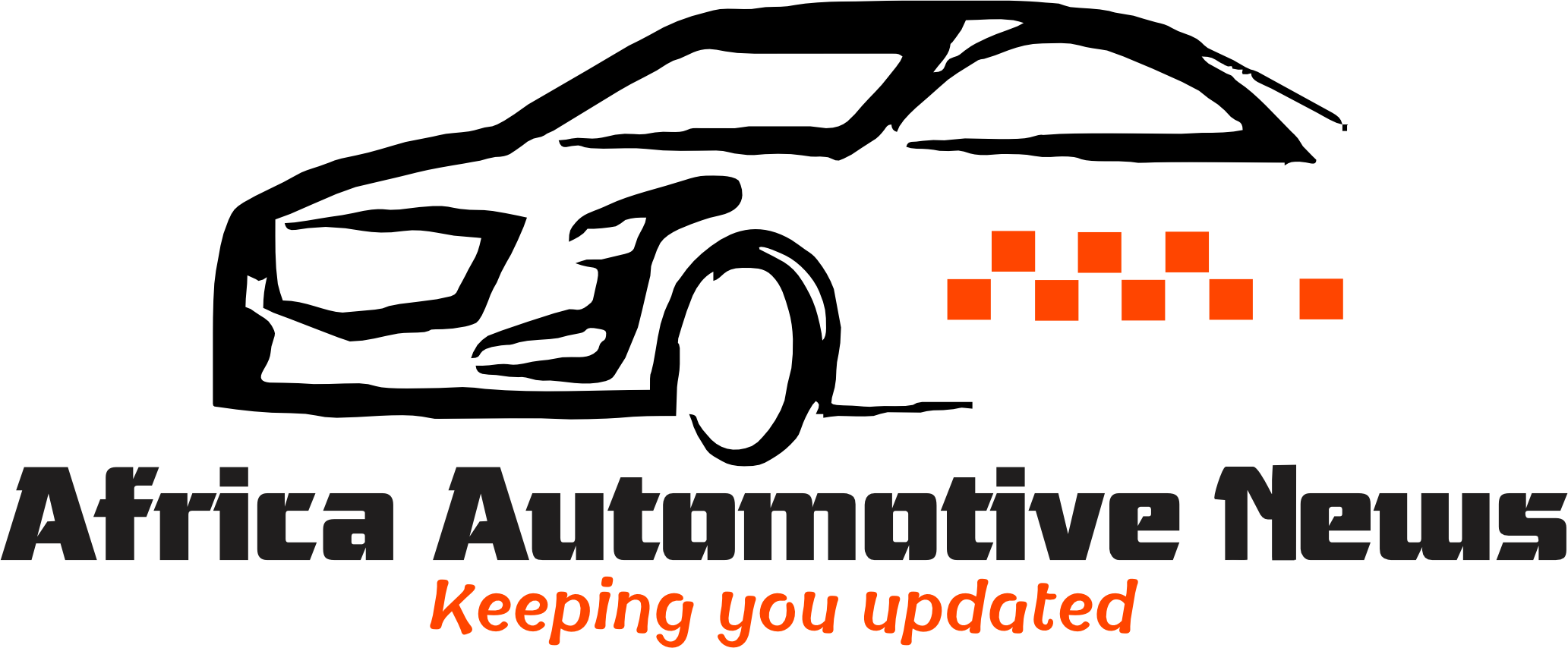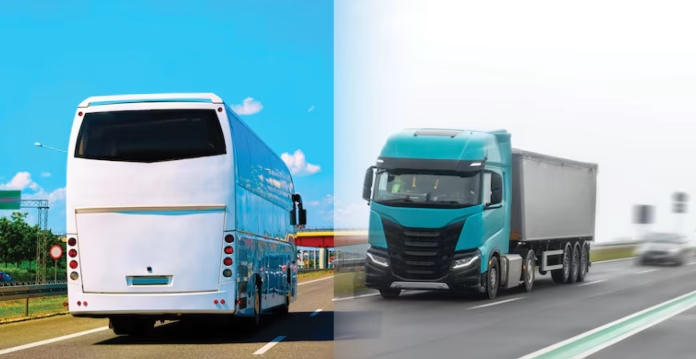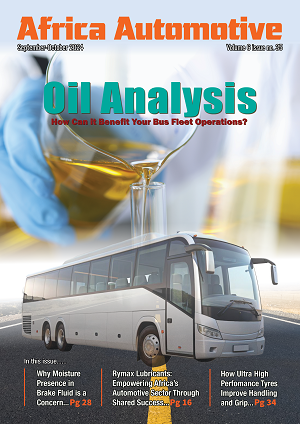On any given morning in Nairobi, Dar es Salaam, Addis Ababa, Kigali, Johannesburg, Lagos, Accra, Cairo, Luanda, or any city in Africa, a fleet of buses and trucks wakes before the sun. They carry people to work, haul food and goods to markets, and move construction materials to fast-growing cities. These vehicles are not just important, they are the hidden giants silently enabling African mobility and economic activity on an unprecedented scale. The bus and truck aftermarkets play a crucial role in maintaining and supporting these essential vehicles.
Consequently, the bus and truck aftermarket covering parts, service, and maintenance has become a quietly massive and fast-growing business. It holds outsized strategic importance for mobility, trade, and jobs. Unlike flashy new-car launches, aftermarket services such as spare parts, diagnostics, and logistics feed the vehicles already doing the continent’s heavy lifting. Together, this combination of scale, frequency, and necessity makes the commercial-vehicle aftermarket one of the most resilient and underrecognized opportunities in African mobility today. Indeed, the bus and truck aftermarkets are pivotal in this growing business.
Here’s why these aftermarkets are the hidden giants and why suppliers, investors, and policymakers should be paying close attention.
A Backbone of Trade: Road Freight Dominates
To begin with, road transport dominates Africa’s movement of goods and people. Across the continent, roads carry roughly four-fifths of all freight and the vast majority of passenger travel. As a result, trucks and buses serve as indispensable economic assets. Multiple industry analyses put road freight at roughly 80% of Africa’s goods movement, far higher than in many other regions. In turn, this reliance on roads transforms commercial vehicles into economic lifelines. Bus and truck aftermarkets play a crucial role in keeping these lifelines functioning efficiently.
When a truck or a bus is down, commerce stalls. High vehicle utilization, long distances, and heavy loads translate into frequent maintenance cycles and steady demand for parts and service. Ultimately, those repeat purchases keep workshops, distributors, and logistics teams busy year after year.
Market Size and Steady Growth
The numbers tell a compelling story. Commercial truck and bus segments are expanding steadily across Africa. Forecasts show strong compound annual growth rates (CAGR) for both categories. Analysts from TechSci Research estimate the African bus market at more than USD 2 billion and growing.
Moreover, the commercial-vehicle segment is projected to outpace passenger cars in growth rate. This is due to logistics, e-commerce, and infrastructure development accelerating. For suppliers, this translates into predictable, recurring revenue streams from replacement parts, consumables, and services within the bus and truck aftermarkets.
Also Read: Navigating Africa’s Evolving Aftermarket Needs
Why Fleet Aftermarkets Create the Real Opportunity
Furthermore, commercial operators are repeat customers by design. A logistics company running 100 trucks will consistently buy tyres, cooling-system parts, batteries, filters, brake linings, and suspension components on a schedule that planners can predict. That predictability reduces customer acquisition costs and increases lifetime value.
New-vehicle sales often grab headlines; however, aftermarkets are where margins, volume, and resilience intersect, especially for bus and truck components. In markets where total cost of ownership is crucial and vehicles run longer, the aftermarket overtakes new sales in economic importance.
For instance, according to Grand View Research, mature markets such as South Africa already report multi-billion-dollar aftermarket revenues. This underscores how repair and replacement drive long-term value in the mobility ecosystem.
Durability, Diversity, and the Need to Localize
At the same time, Africa’s commercial-vehicle fleet is remarkably diverse. European trucks, Japanese light trucks, and Chinese imports all share the roads. Moreover, a large fleet of older, rebuilt models is also present. This diversity introduces technical complexity but also significant opportunity.
Therefore, suppliers who localize offering parts that match regional vehicle mixes and ensuring proximity of supply will gain a decisive edge. Additionally, training technicians is equally critical. Today, leading suppliers emphasize regional hubs, lean logistics, and customized parts programs. These initiatives reduce lead times and combat counterfeit or substandard components. For bus and truck aftermarkets, localization strategies are vital to meeting diverse needs.
Also Read: Africa’s Future is on the Move and the Aftermarket is Leading the Way
High Utilization Creates Predictable Demand
In addition, buses and trucks in Africa are workhorses. High daily mileage, heavy payloads, and demanding environments accelerate wear and tear. Consequently, aftermarket demand becomes not just steady, but predictable, especially for consumables and driveline components.
For investors, this consistency, combined with Africa’s rising urbanization and intra-African trade under the AfCFTA, builds a strong long-term case. Simply put, more vehicles in operation mean more recurring demand for parts and services in the bus and truck aftermarkets that keep them running.
Electrification: A New Aftermarket Frontier
Meanwhile, electrification is reshaping conversations about mobility. However, it’s not sidelining the aftermarket. Electric buses and trucks introduce entirely new product lines, including battery packs, high-voltage wiring, and thermal management systems. They also include advanced diagnostics. At the same time, they still rely on suspension, braking, and safety components that require regular service.
In essence, electric fleets don’t eliminate the aftermarket; they transform it. They simply change the composition of demand, creating new business models for workshops and suppliers ready to adapt to bus and truck aftermarkets.
Also Read: Electrifying the Transit – Growth in the Electric Bus Market
Where Opportunity Concentrates and Why It Matters
Looking closer, the aftermarket opportunities in Africa’s commercial sectors cluster around several key areas:
-
Fleet operators and logistics providers: Larger fleets demand reliable supply chains and standardized parts. Therefore, securing long-term contracts with fleet customers offers consistent volume and recurring revenue.
-
Public transport and bus operators: With rapid urbanization and new city mobility plans, demand for buses and maintenance networks is surging. The bus market alone is forecast to grow significantly over the next decade.
-
Spare-parts localization and assembly: As global manufacturers explore African production hubs, local assembly offers lower costs, faster delivery, and improved market access.
Risk and Reward: What Suppliers Must Get Right
Still, succeeding in Africa’s bus and truck aftermarket demands a careful mix of capabilities. Robust inventory management ensures availability. Competitive pricing supports thin margins. Moreover, technician training enhances service quality.
Additionally, anti-counterfeit measures are essential to protecting brand trust. Companies that blend global engineering standards with local logistics agility will build enduring relationships with fleet owners and workshops alike.
The Road Ahead: What Suppliers Must Get Right
Succeeding in Africa’s bus & truck aftermarket requires a reasonable mix of capabilities: robust inventory management to ensure availability, competitive pricing to meet thin margins, training programs to lift technician skills, and anti-counterfeit measures to preserve brand value. Companies that marry global engineering standards with local logistics and commercial flexibility will gain trust among fleet owners and workshops.
Africa’s commercial fleets are growing as urban populations expand and intra-regional trade volumes rise. As road freight and bus networks deepen their reach, the spare-parts economy that services them will expand in parallel. For companies that recognize the math—high utilization, recurring demand, and the premium on availability—the commercial aftermarket is no longer a sideshow. It is the practical engine of Africa’s mobility future.




